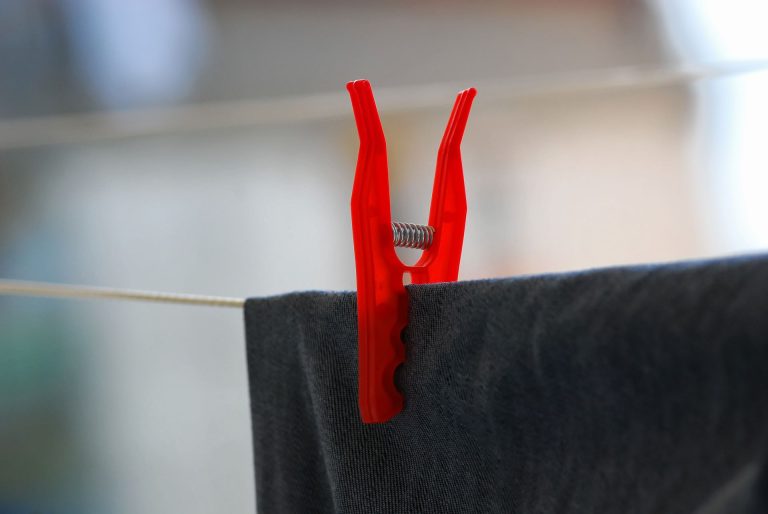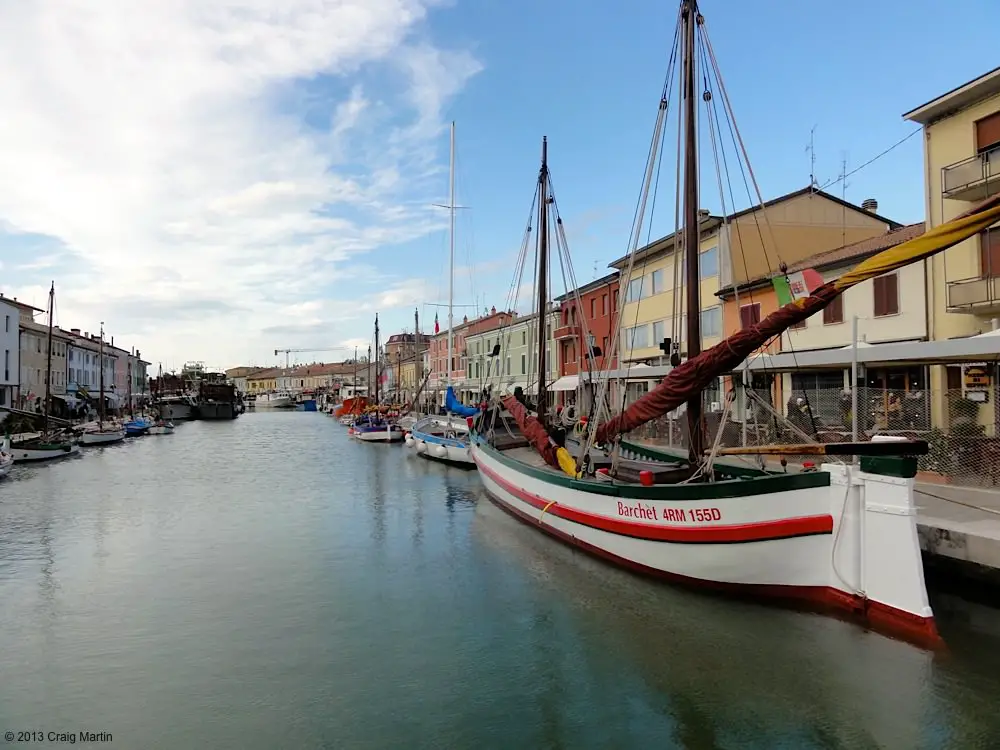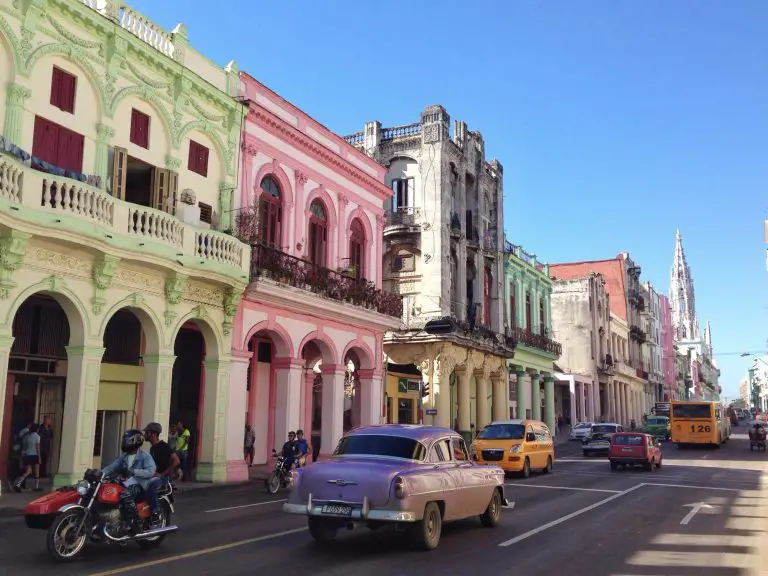What to pack in your under-seat carry-on bag
For a comfortable flight, it’s helpful to have certain things within reach. This means thinking carefully about what to pack in the carry-on bag that you put under the seat in front of you.
We’re big fans of the one-bag rule, which involves travelling with just one carry-on-sized bag, but that one bag is likely to be a larger size, stored in the overhead compartment of a plane (or under the bus, in the luggage section of a train, etc.). This packing list is for your smaller bag — your handbag or laptop case — that you keep with you for your journey.
To listen, hit play below or find episode 361 in iTunes, Stitcher or Soundcloud:
We’ve had plenty of opportunity to think about exactly what to include on this list, since we’re in the middle of a series of flights taking us from London to Cyprus to Athens to Singapore to Melbourne to Christchurch to Auckland (over a one-month period, not all in one go).
That’s a lot of flights, and this list is suitable for all of them, but it’s particularly considered for the really long legs (Athens-Singapore, Singapore-Melbourne). Forgetting one of your preferred items isn’t such a problem for short-haul flights, but if you’re travelling overnight or for longer than six hours, it’s especially important to pack your underseat bag well.
Plus, if you get allocated a window seat, and have limited access to your larger bag due to the inconvenience of having to ask people to move, you’ll be glad to have all your essentials with you when you need them.
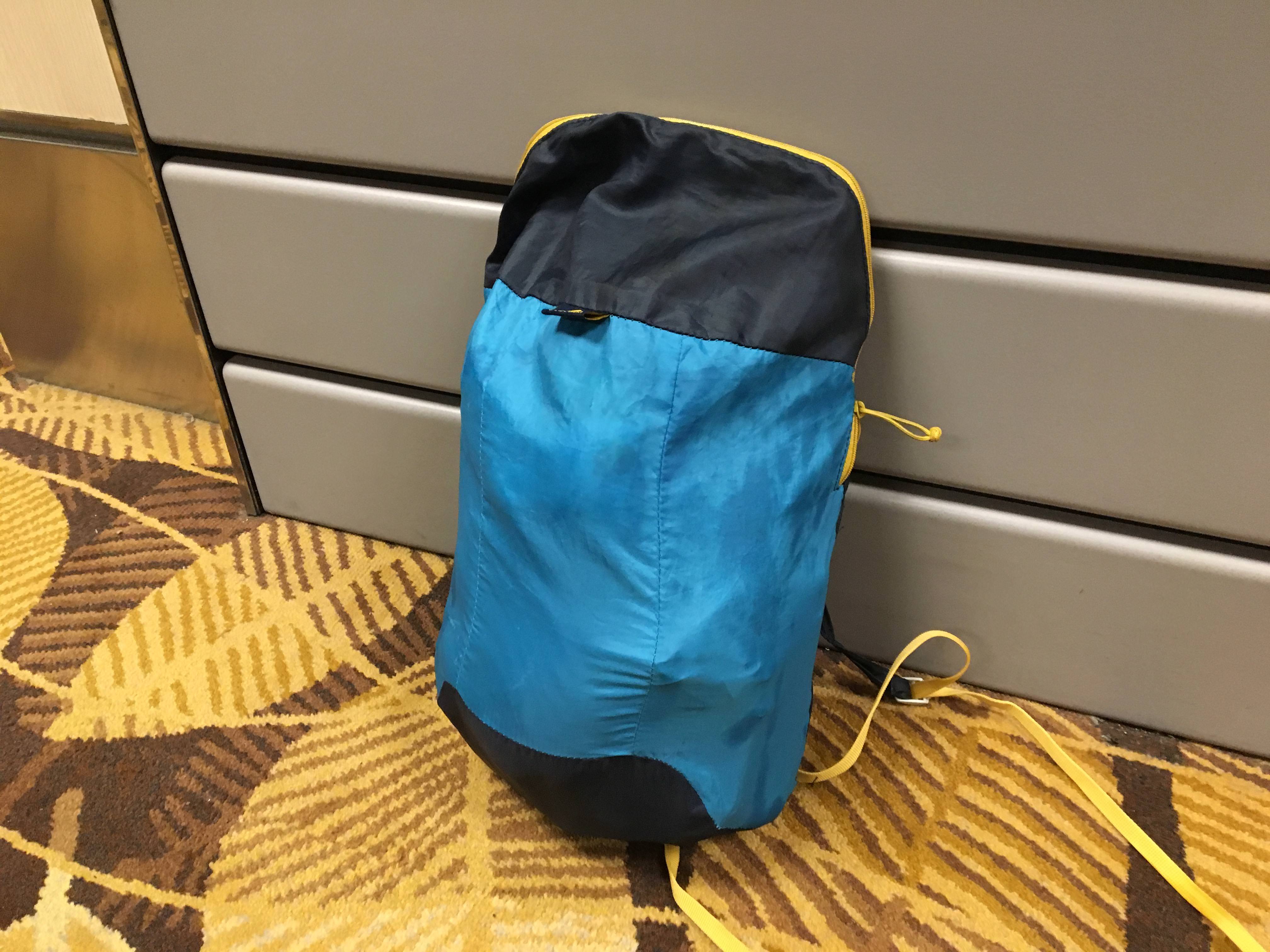
My small carry-on bag.
Note that photos for this article were authentically taken in bad lighting on an airport floor.
Before you fly: check the carry-on baggage rules
Every airline has different luggage rules, and these rules change remarkably often. Even the budget carriers that trained us into travelling with carry-on-only bags are now charging for taking a larger carry-on bag on board. Wizz Air has done this for years, but Ryanair has recently started charging for carry-on luggage — when we last flew with them, we paid e5 each for the privilege of keeping our bags with us; if not, our carry-on bags may have been gate-checked.
Since half the benefit of travelling with carry-on bags only is not having to wait for our luggage to come out on the baggage carousel, having our bags taken off us at the gate to be stored in the hold wasn’t very appealing — so we paid up.
These changing rules means that you’ll need to consider whether you want to check your bag or bring it with you — it may end up being cheaper and easier to just check it in.
If you decide to bring your larger bag with you on board, check the rules around second bags. Many airlines allow you to carry on a handbag or laptop bag as well as the larger bag, but others strictly enforce a one-bag rule. If this is the case, make sure your smaller bag fits inside the larger one, and take it out immediately before boarding or once you’re on the plane.
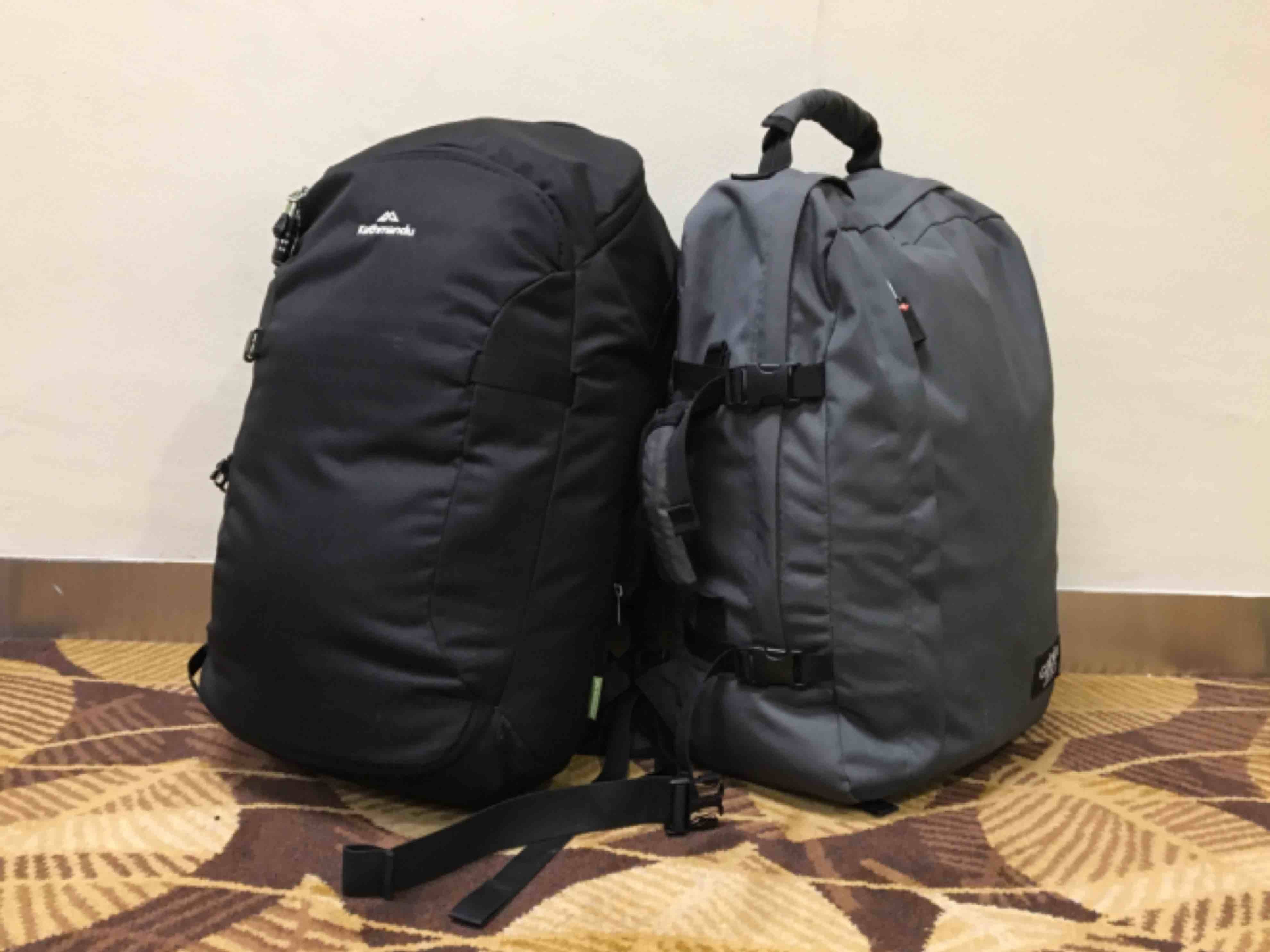
What bag should I bring?
As a general rule, I recommend bringing the smallest bag possible that will fit the items you want to carry. Personally, I have a super-lightweight stuff-down backpack, but you might want to bring a handbag or laptop case. Craig has a very nice leather laptop satchel that slides conveniently under the seat in front.
Before you pack
The items in your carry-on bag should help ensure that you are comfortable and entertained on board. This might require a little preparation!
- Make sure all electronics are fully charged.
- Download podcasts, movies, music to your phone or tablet; make sure you have a range of books on your Kindle.
- Check that you don’t have any sharp objects in your bag.
- Check that any toiletries are in bottles smaller than 100ml and in a clear ziplock bag.
So, what should go in this carry-on bag?
Essentials
You’ll probably be carrying a lot of these on your person, preferably in in a pocket. However, since some clothes are noticeably lacking in pockets (I’m looking at you, women’s fashion), we’ve included all those items that you’ll be needing to actually make your journey.
- Passport and/or ID card
- Tickets and/or boarding passes
- Wallet (with credit and debit cards and cash for your destination if possible)
- Pen (for filling in arrival cards)
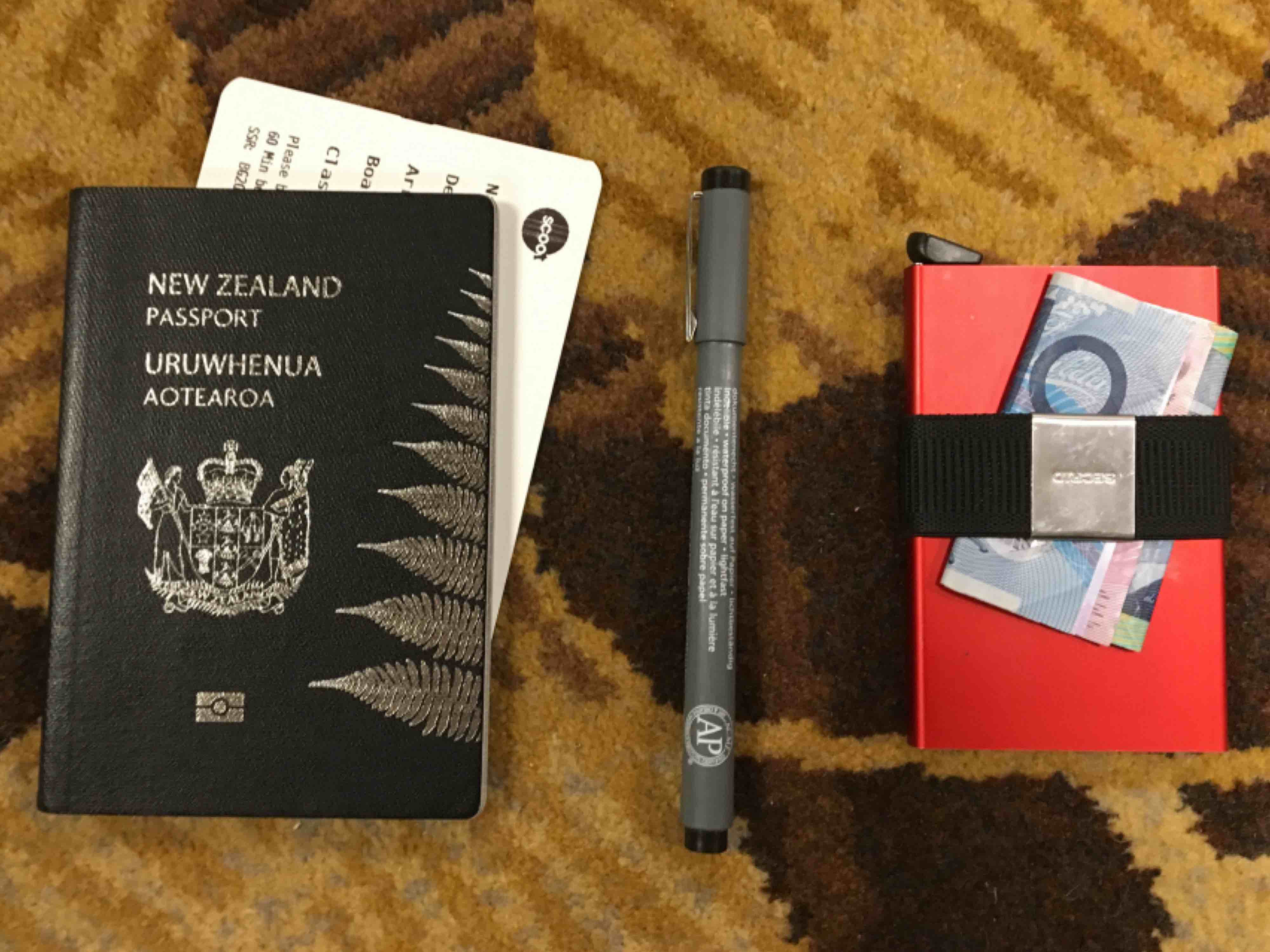
Entertainment
While some planes feature free onboard entertainment, many charge for access. Some, like Air New Zealand, have a split-service system, offering selected movies and TV shows for free, and charging for others.
Whether or not entertainment is included, it’s worth being prepared with enough reading and watching material for the entire flight. Take a range of options, on a range of devices, so you have a backup if you run out of battery.
- Kindle/book/magazine
- Phone and/or tablet
- Earphones (noise cancelling ones if possible)
- Chargers and cables
- Power pack
- Your computer if you’re bringing one — never leave your computer in your checked bag.
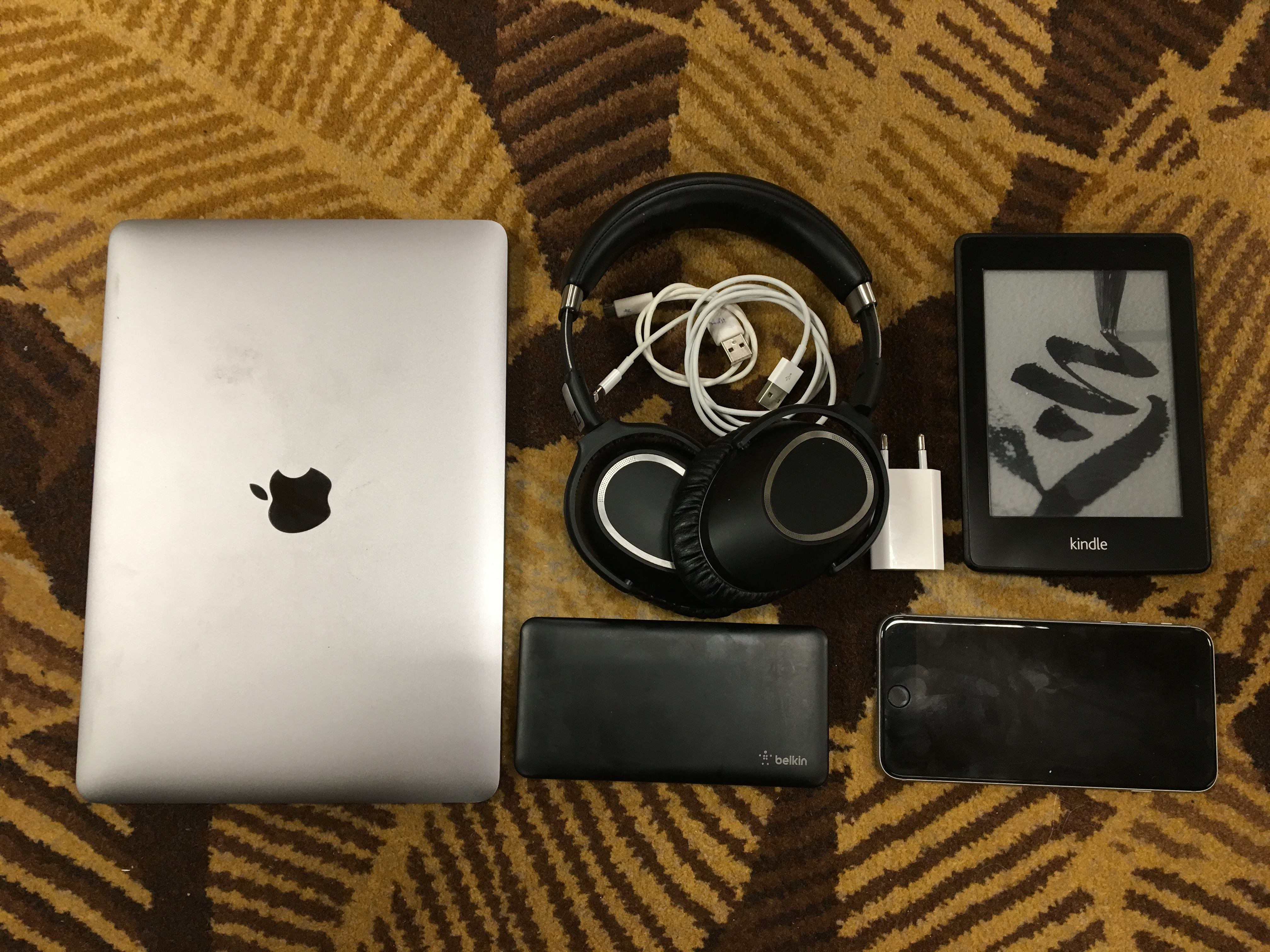
Comfort
If you’ll be sleeping on board, a few extra items can help make you a bit more comfortable. There’s a range of fantastic neck pillows around these days, for example, some incorporating a hood or headphones, but we tend to go for cheap inflatable ones which are easier to carry when not in use.
If you wear glasses, I recommend you pack a glasses case. When it’s time to sleep, you can tuck this into the seat pocket and your glasses are that much more likely to survive the trip!
- Neck pillow
- Eye mask
- Earplugs
- Glasses case
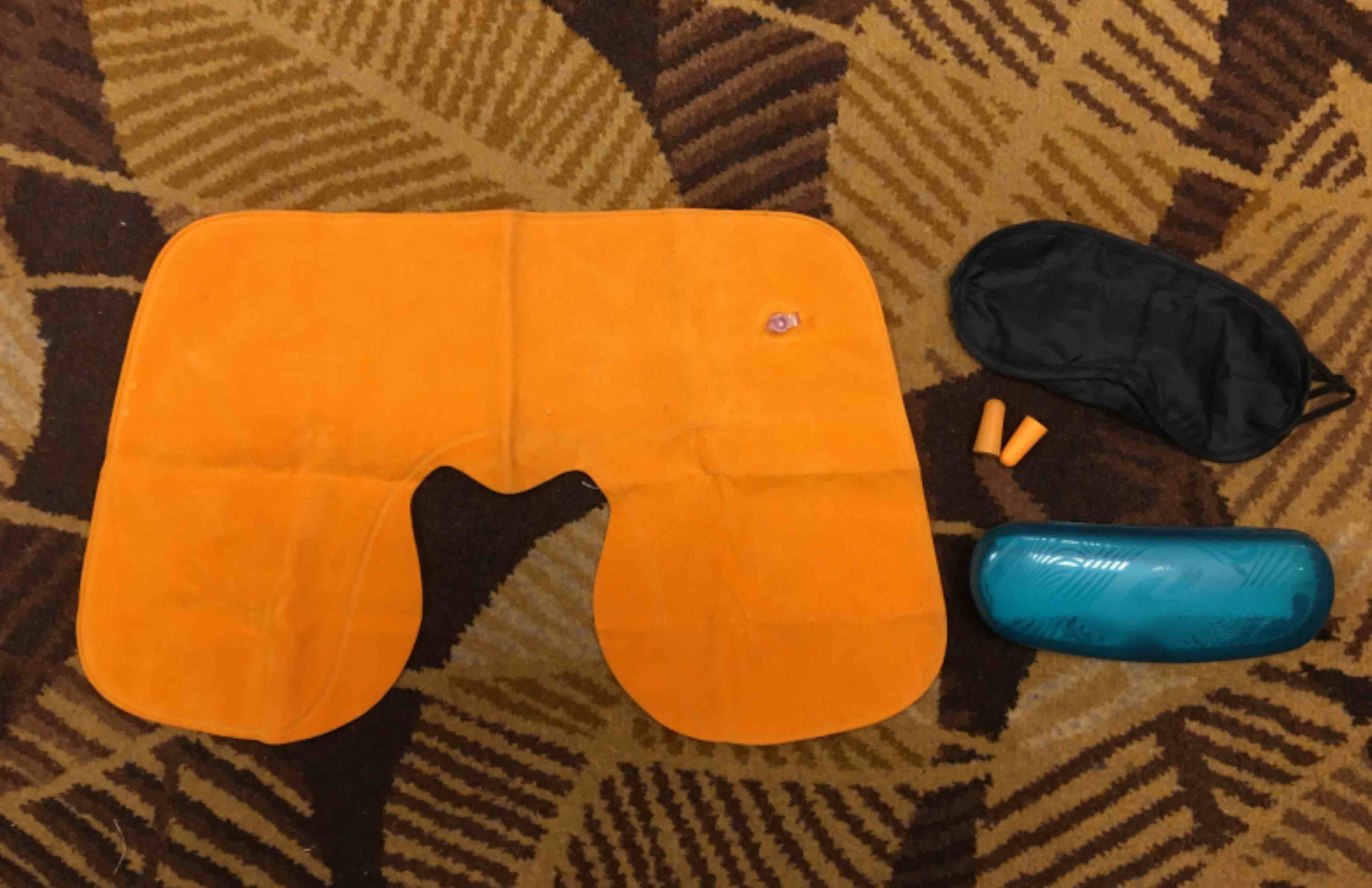
Sustenance
Once, after a long-haul flight, I had a pain in my leg and panicked that it was deep-vein thrombosis. A rushed trip to the emergency room ensued, where a very nice doctor asked me how much water I’d drunk on the flight, checked me out, and assured me that I was fine.
She said that dehydration, not inactivity, is the main cause of deep-vein thrombosis, and while we should certainly move around in flight, staying hydrated is a very high priority.
For this reason, we highly recommend carrying a water bottle with you on board. Yes, the rules around liquids means that you’ll have to empty it before passing through security, but many airports have water fountains where you can fill it up again before you board.
If you can’t find a fountain, you could also consider asking a staff member at a café to fill your bottle for you. In countries where the water isn’t safe to drink, buy bottled water after going through security. There can often be a full hour between boarding the plane and the first service, and it’s better to have water with you than get thirsty.
Be aware that some flights have a secondary liquids screening at the gate, which I particularly dislike. If this is the case, don’t buy water to take on board as it will be confiscated. In some cases, you may be able to get away with it if you purchase it at the duty-free shop and ask for it to be sealed in a secure bag, but I wouldn’t recommend it.
The last time this happened to us, there was a fountain at the gate, so I was able to refill my bottle, but the time before there was no such luck. Unfortunately, there’s not too much you can do in these cases!
- Refillable water bottle (we like Vapur)
- Snacks like muesli bars, carrot sticks, sandwiches
- Sweets for takeoff and landing. I like Hall’s
Clothes
In my experience, the air conditioning temperature on planes always seem to be set to “slightly chilly” but it can also vary from freezing to sweltering. Be prepared by carrying a couple of items with you in case of temperature change.
If you’ve checked your main bag and only have a smaller bag with you, we recommend bringing a full change of clothes. This means you’ll have a spare outfit if your bag goes missing, or if someone spills a drink on you in-flight.
- Lightweight long-sleeved top
- Scarf (can also double as a cushion if needed)
- Full change of clothes (if you don’t have a larger carry-on bag)
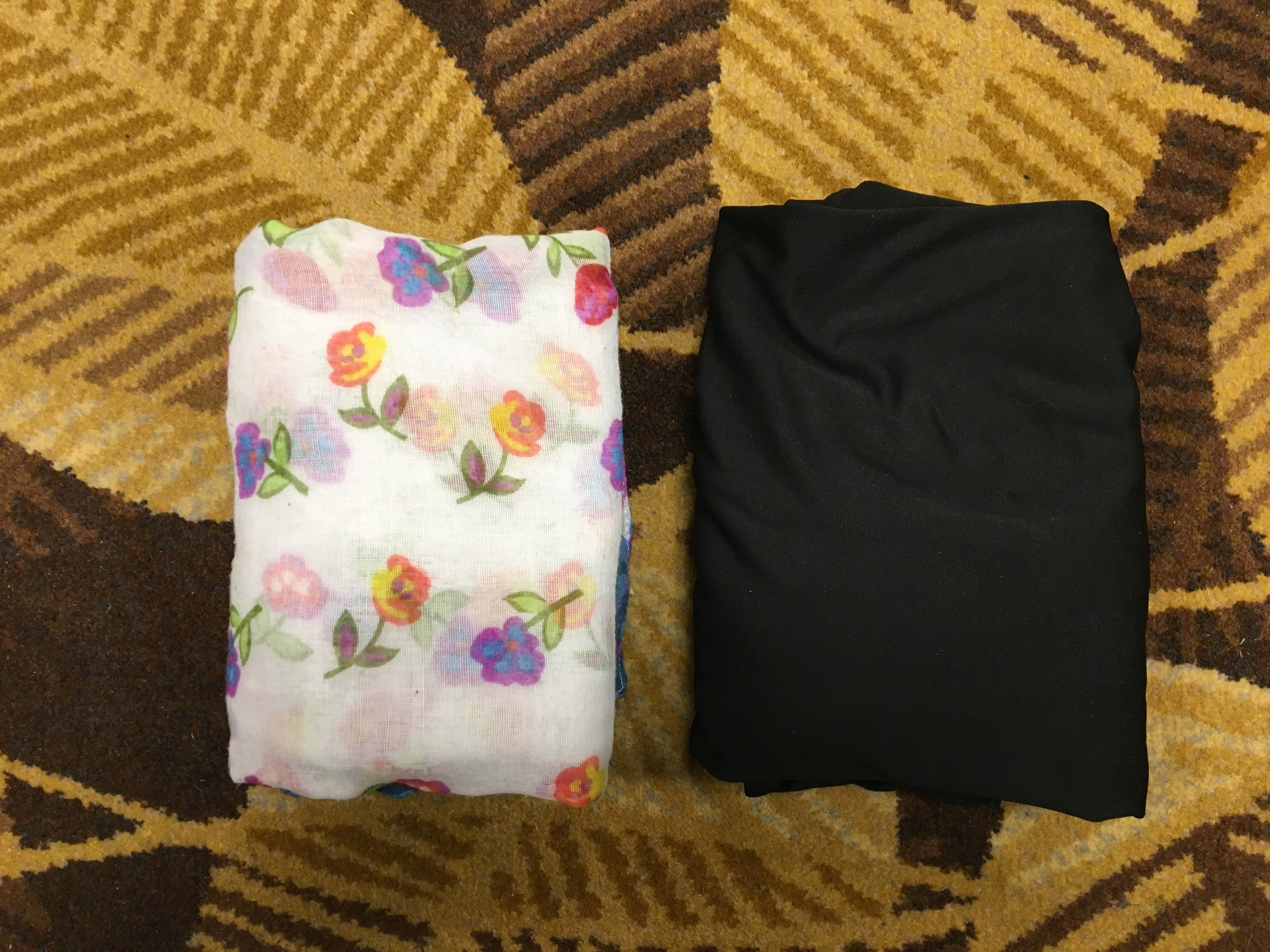
Toiletries
If you’ve got a larger bag with you, many of these items can be stored there, since you won’t need them at your seat! However, if you’re doing a long-haul trip, particularly one that involves a layover, these items are definitely worth having with you.
We advise against taking sleeping tablets when flying, as if something out of the ordinary occurs, you’ll want to be able to function normally. However, medication that helps you get to sleep (like melatonin) could be a good option.
- Lip balm
- Painkillers and other medication
- Brush or comb
- Toothbrush, toothpaste, deodorant
- Moisturiser
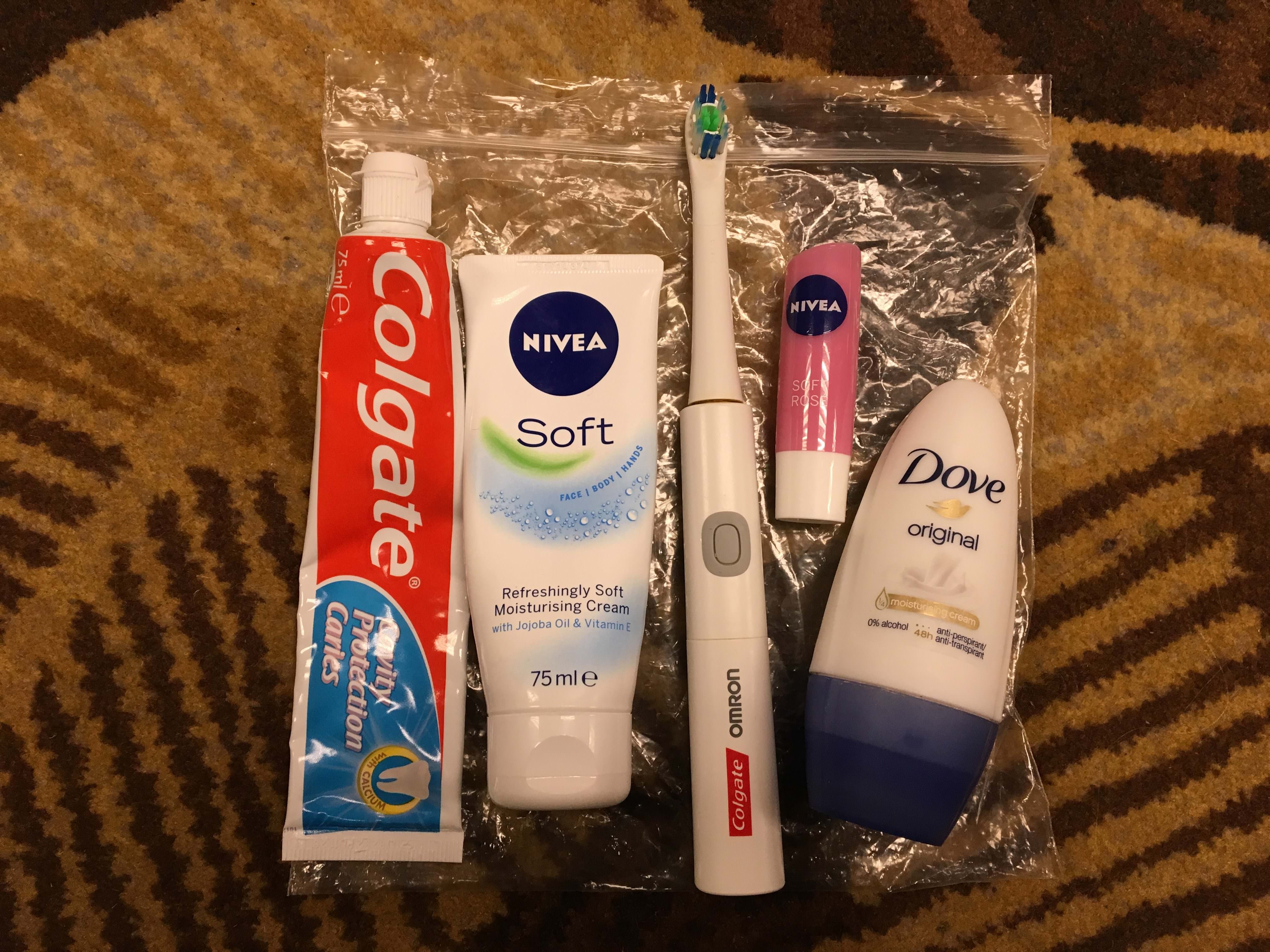
Miscellaneous
This category includes anything else you just really need to have with you! If travelling with kids, it could mean nappies or extra toys; if you have a cold, it could be a plethora of tissues. It could also include any valuables or items you aren’t comfortable leaving in your check-in bag.
- Tissues
- Tampons/pads or menstrual cup if you have your period
- Anything you can’t afford to lose
- Anything else you know you’ll want during the trip
So there you have it, our complete guide to what to pack in your carry-on bag. Have a great flight!
[box] This episode of the Indie Travel Podcast is sponsored by SmartBuyGlasses.
SmartBuyGlasses is NZ’s largest and fastest-growing online eyewear retailer, carrying more than 80,000 products across 130 brands. The group now also operate two physical stores in Australia, one in Sydney and another in Melbourne, where they offer a selection of premium eyewear at the same online prices. Their goal is to offer the seamless online experience, offline, without the incremental price tag.
Log on to SmartBuyGlasses to shop their incredible collection while you wait for a store to open near you.[/box]

More Travel Packing Advice:
- Packing for travel
- Toiletries for Travel: Ten ways to reduce your toiletries on long trips
- Toiletries on a plane: what to put in your toiletries kit
- What to pack in your under-seat carry-on bag
- Everything a girl needs in a 15kg backpack
- My Cotswold Way packing list — and what I wish I had left behind!
- The pack light podcast: how to travel carry-on size
- Be smart, pack light: what to pack for a sailing trip

